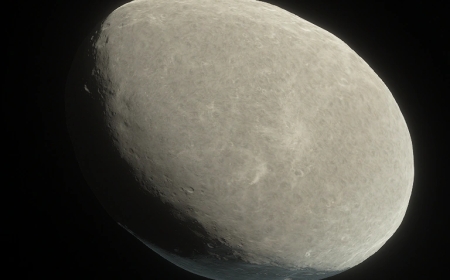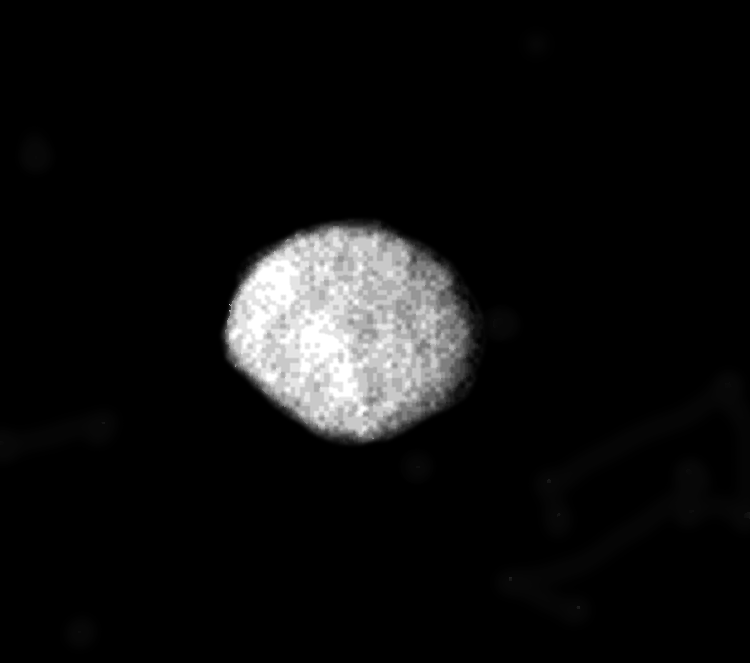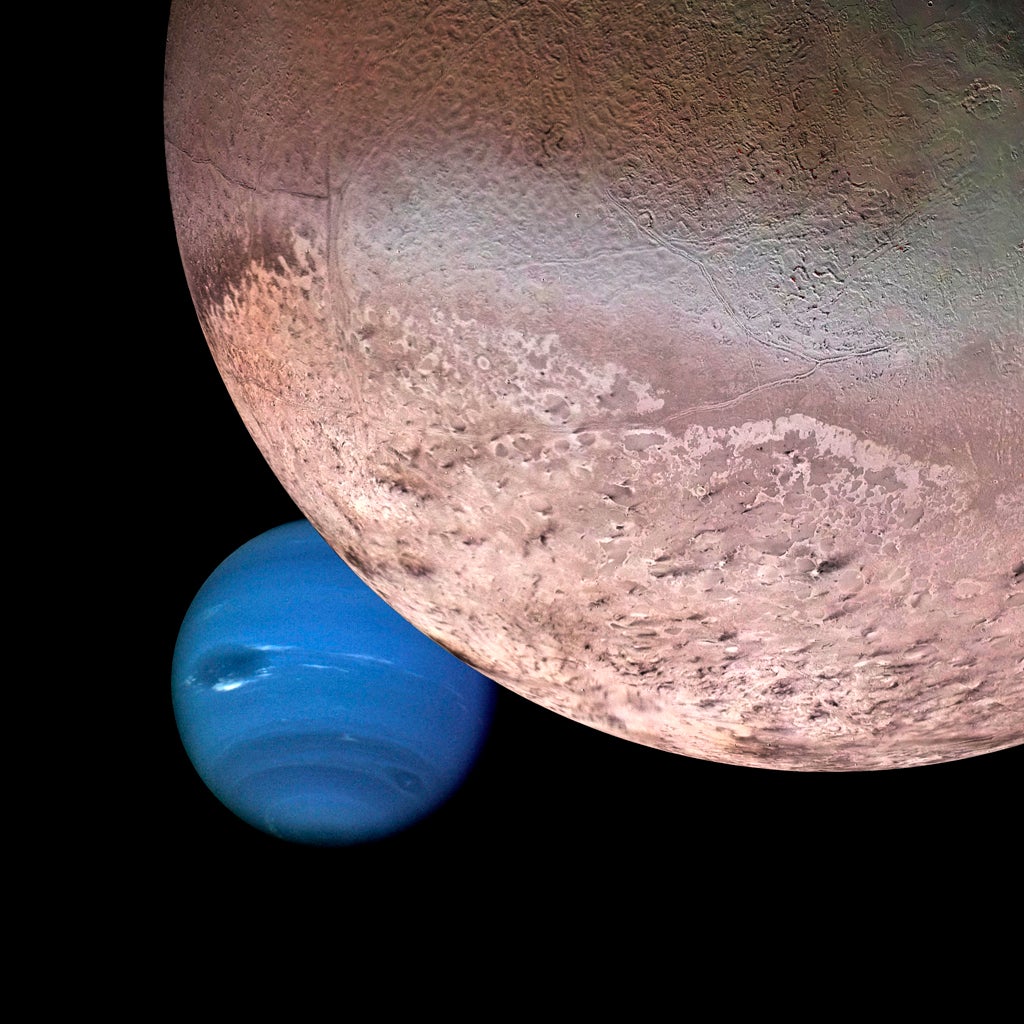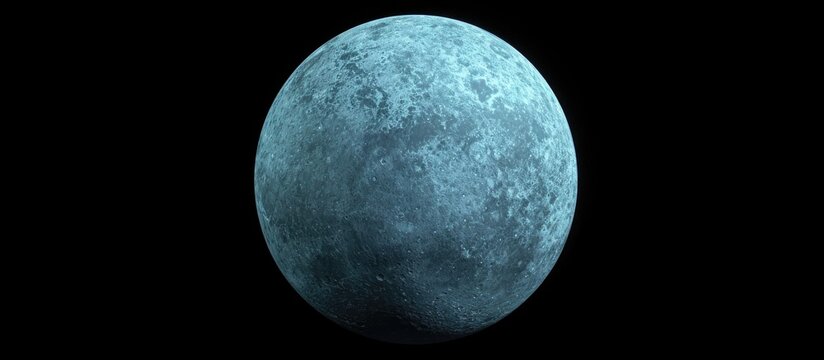Ariel: The Brightest Moon of Uranus Holds Dark Mysteries
Ariel, the brightest moon of Uranus, hides deep, dark mysteries beneath its icy surface—cracking canyons, hidden oceans, and a history still waiting to be uncovered.

Discovery
Ariel—one of Uranus's major moons, was discovered on October 24, 1851, by English astronomer William Lassell. The moon's name comes from characters in both Alexander Pope's poem "The Rape of the Lock" and William Shakespeare's play "The Tempest," following the tradition of naming Uranian moons after literary figures.
Size and Composition
With a diameter of approximately 1,158 kilometers, Ariel is the fourth-largest of Uranus's 27 known moons. It is believed to consist of roughly equal parts water ice and rocky material, suggesting a differentiated interior with a rocky core and an icy mantle.
Orbit and Rotation
Ariel orbits Uranus at an average distance of about 190,900 kilometers, completing one orbit every 2.52 Earth days. Like most of Uranus's moons, Ariel is tidally locked, meaning the same side always faces the planet. Its orbit lies within Uranus's equatorial plane, which is almost perpendicular to the planet's orbit around the Sun, resulting in extreme seasonal variations.
Surface Features
Ariel's surface is a complex tapestry of craters, valleys, and ridges. It has fewer large craters compared to other Uranian moons, indicating a younger surface reshaped by geological processes. The presence of intersecting valleys suggests significant tectonic activity in the past.
Brightness and Reflectivity
Among Uranus's major moons, Ariel has the brightest surface, reflecting about one-third of the sunlight that hits it. This relatively high reflectivity implies a surface composed mainly of water ice. However, the brightness increases dramatically when Ariel is in opposition, indicating a porous surface that casts shadows when illuminated from other angles.
Potential Subsurface Ocean
Recent observations suggest that Ariel's surface contains significant amounts of carbon dioxide ice, particularly on the hemisphere that trails in its orbit. This finding hints at the possibility of a subsurface ocean, as carbon dioxide could be produced by interactions between water and rock in such an environment.
Geological Activity
The varied terrain on Ariel indicates a history of geological activity. Features such as trench-like structures may have formed through a combination of tectonic movements and cryovolcanism, where icy volcanic activity reshapes the surface.
Exploration
To date, the only close-up images of Ariel were captured by NASA's Voyager 2 spacecraft during its flyby of Uranus in January 1986. These images revealed Ariel's diverse geology but covered only about 35% of its surface. No missions are currently planned to revisit Uranus and its moons, leaving much of Ariel's characteristics and history a mystery.
Conclusion
Ariel's bright, icy surface and signs of past geological activity make it a fascinating subject for future exploration. The potential presence of a subsurface ocean adds to its intrigue, raising questions about its internal structure and the processes that have shaped it. Further missions to the Uranian system could provide valuable insights into Ariel's composition, geological history, and potential for harboring life.
What's Your Reaction?







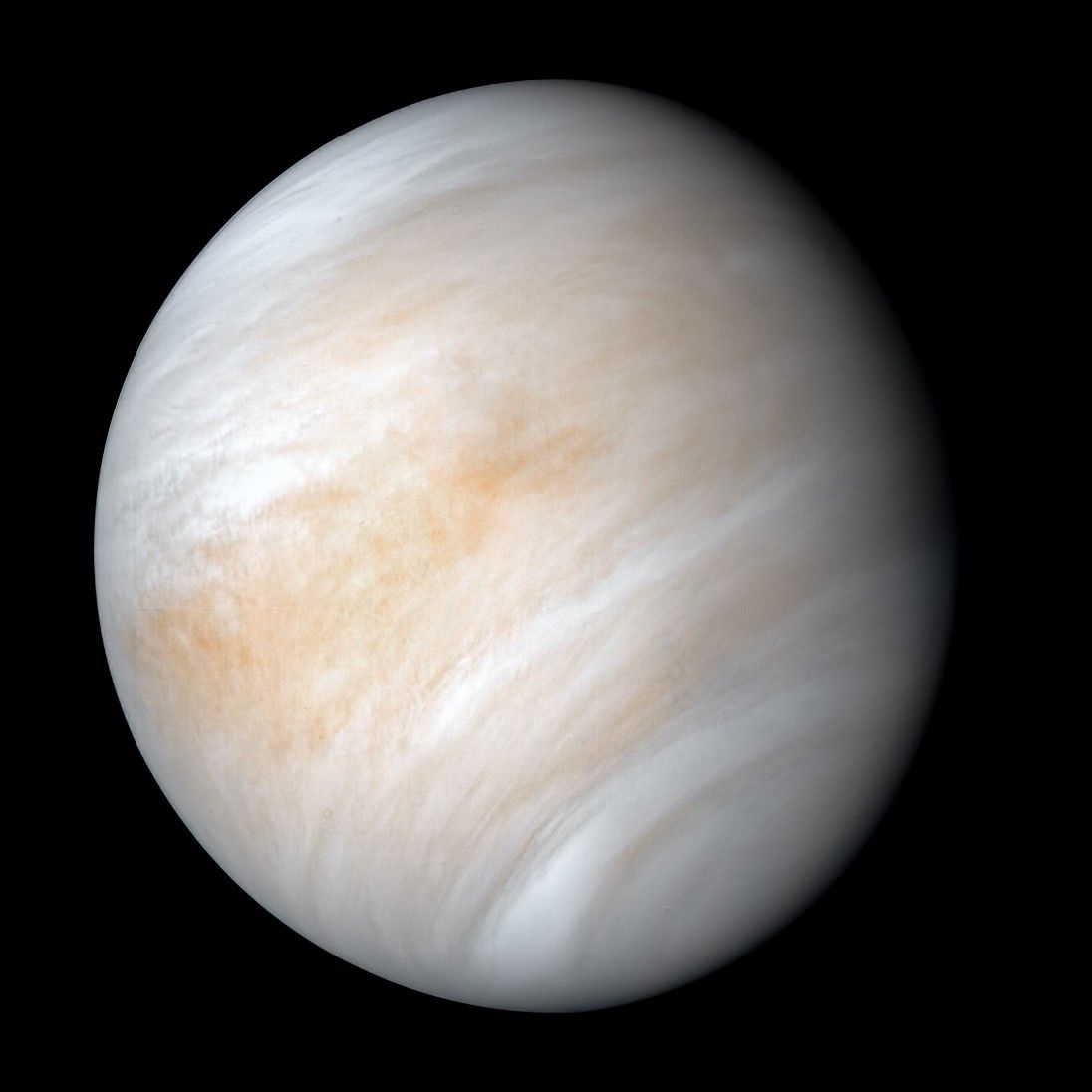



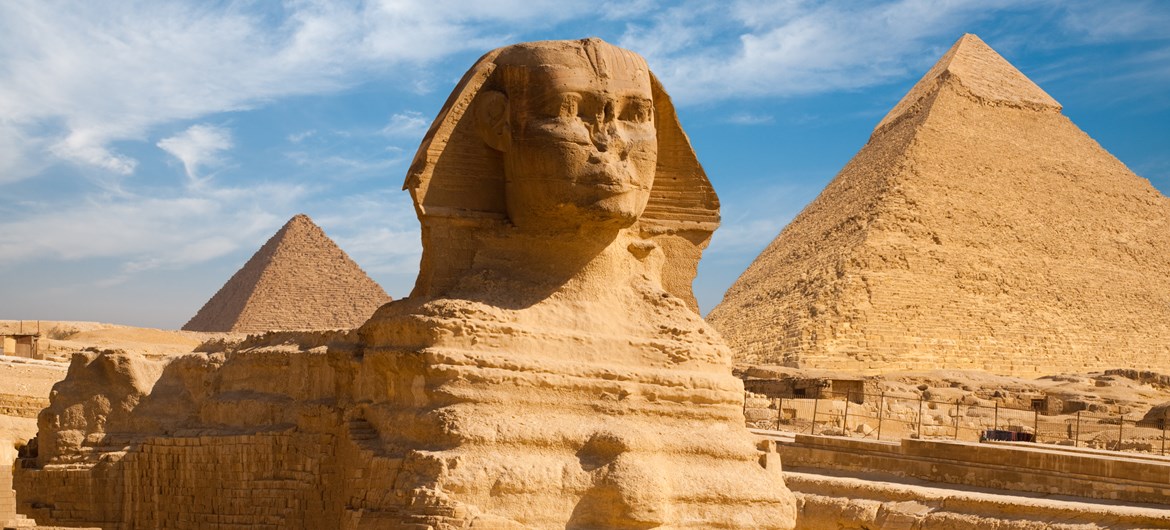
/https://tf-cmsv2-smithsonianmag-media.s3.amazonaws.com/filer_public/54/66/546650fa-26a4-40fd-8d6d-5a7a04540f81/rosetta2.png)
:max_bytes(150000):strip_icc():focal(999x0:1001x2)/robert-prevost-050825-1-39395418ab494da5a3a700c9478e66c8.jpg)


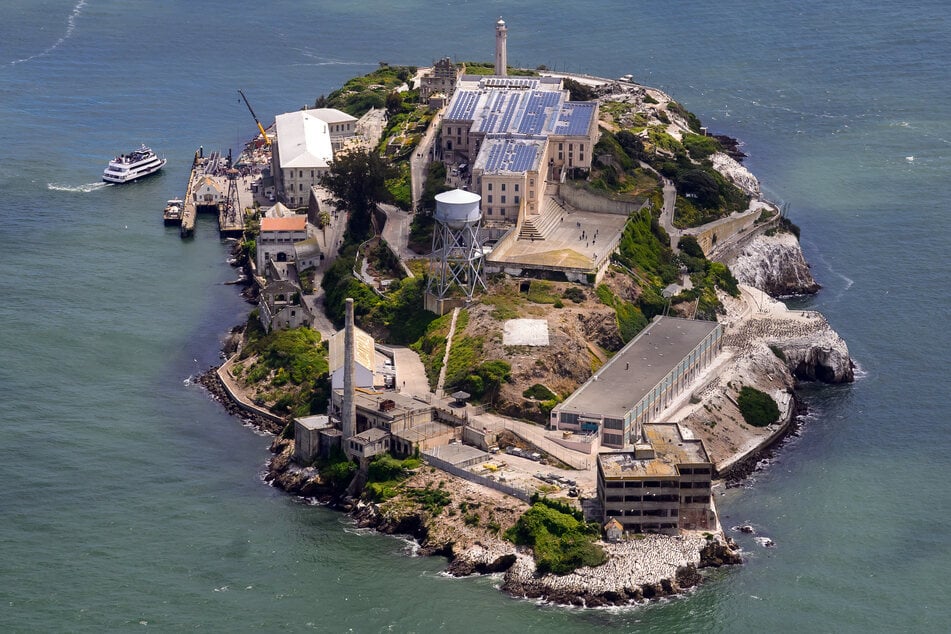























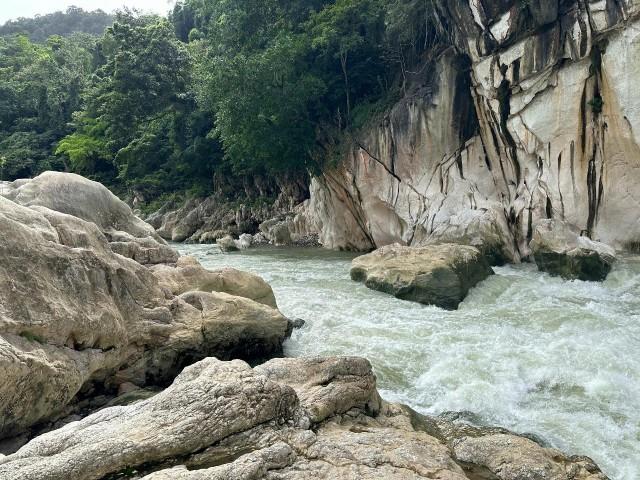




















format(webp))
format(webp))
















